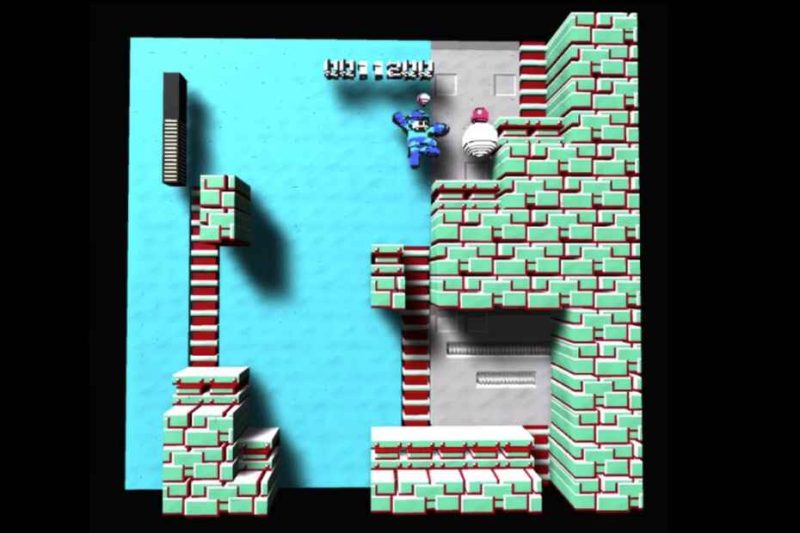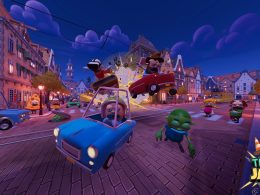Unlike classic Emulators the developers of the NES emulation programme "3DNes" have been reaching into their bag of tricks to create spatial background layers. Now, with "3DNes VR" released an extended version for the HTC Vive and Oculus Rift. When you put on the VR goggles, you can marvel at the 8-bit classics of the 1980s Nintendo era on a giant virtual screen from various zoom angles. We have tested for you how well the paid NES emulation works in VR and what it is supposed to be good for.

The principle of "3DNes"
While the Super Nintendo games had up to four background layers, the 8-bit console only had one layer for the entire background. Although Sega and Nintendo have already brought numerous 16-bit classics to the 3DS handheld, there are hardly any NES gems that could be converted virtually one-to-one for the autostereoscopic Nintendo console due to the difficulty of 3D conversion. With "3DNes", however, the programmers rely on an algorithm that divides the flat background into countless round vector objects. This means that the individual pixels are not simply stretched along the directional axes.

Depending on the emulation, this looks quite impressive in some examples such as "Super Mario Bros. An 8-bit "Castlevania" then suddenly has the protruding platforms of a "Super Castlevania". However, the spatial impression is not always equally good in all games. One can assume that the people behind Geod Studio, who developed the programme with C++ and Unity, have primarily tested the 3D algorithm with "Super Mario Bros." so far.
How to play NES in VR
"3DNes VR is a nerdy retro trip, and that looks pretty cool in some games. Of course, you don't move towards the blocks in "Super Mario Bros." from a first-person perspective. You could theoretically do that, but it would make you feel pretty sick. It's mainly the "wow" effect of the giant wallpaper that stretches out in front of you like a large virtual cinema screen. The cinematic VR NES screen can be conveniently scaled along the X, Y and Z axes using buttons on a gamepad and can also be zoomed in closer to the respective viewing angle.
Fun fact: Some titles such as "Journey to Silious" from SunSoft or "Mega Man 2" from Capcom look like a cool retro puppet theatre. However, more complex backgrounds fail due to minor to major sprite collision problems, which can spoil the view in places. There are a few controls to play around with if the 8-bit sprites don't look so pretty in their 3D splendour. However, this usually makes the look noticeably worse.
Conclusion
Retro enthusiasts with a certain penchant for neo-VR avant-gardism should give "3DNes VR" a try. You won't last too long in VR anyway, but it's a cool retro experience overall. In this respect, the emulation programme is definitely worth its 10 US dollars.
Disclaimer: In order to be on the legal side, you must be in possession of the respective original modules for the digital images of the Nintendo cartridges (keyword: "ROMs").
Link
3DNes with the additional VR mode is available on the page https://geod.itch.io/3dnes. To do this, simply load the desired game and click in the graphics settings (on the HTC Vive) on OpenVR. This should work in the same way with the Oculus. In the test, this worked wonderfully with an Xbox One controller connected via USB. We never made any major changes to the standard button assignment of the gamepad or the presets of the sprite filters.









